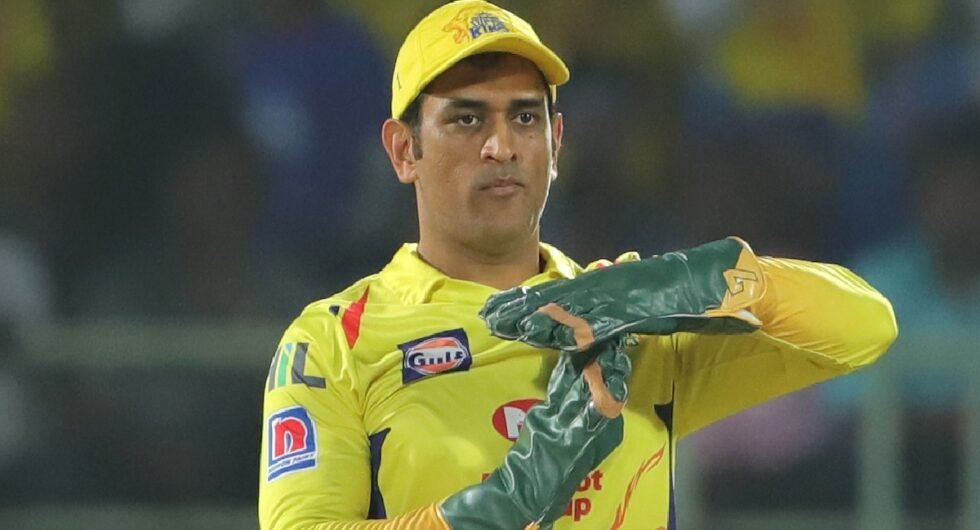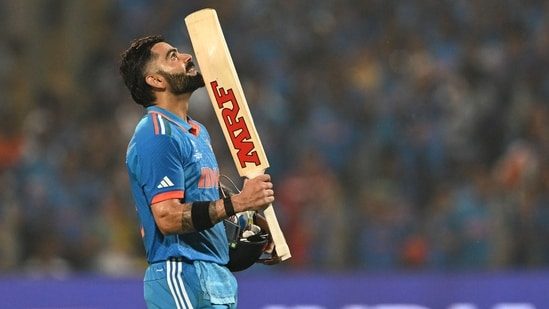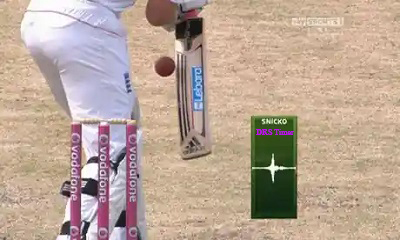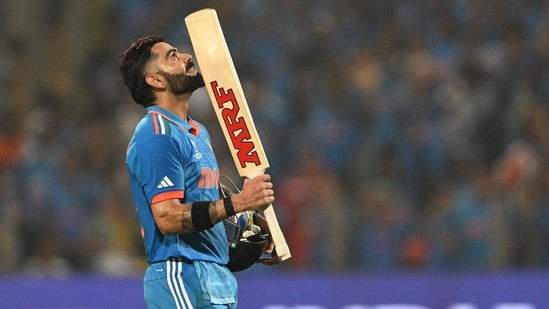The Umpire Decision Review System (UDRS) in Cricket: A Comprehensive Guide from Anil Kumble to MS Dhoni
“DRS” stands for Decision Review System; however, its full name is actually “Umpire Decision Review System (UDRS).” When shown on television during a cricket game however, only “DRS” will appear.
If the captain or dismissed batsman disagrees with a field umpire’s decision, they shall request reconsideration within 15 seconds by flashing both hands in the shape of a Roman letter “T” to indicate this fact. When this happens, an appeal hearing must take place and ultimately result in the third umpire reviewing this decision for final adjudication.

DRS was initially implemented into Test cricket in 2008 AD, followed by ODI cricket in 2011 AD and T20 cricket in 2017 AD.
An appeal against a field umpire’s decision under the Dead-Race System can be lodged by showing him/her both hands showing the Roman ‘T’ sign within 15 seconds of receiving their decision, though only captains or players declared out by field umpire can avail themselves of DRS (T/TO = Time/Time Out).
Anil Kumble became the inaugural captain to lodge a DRS appeal against Malinda Warnapura for an LBW decision during Test cricket against Sri Lanka in 2008.
Indian cricketer (captain) MS Dhoni is widely considered the “DRS King in cricket”, due to his DRS application being accepted most times throughout history – earning him this moniker and spurring jokes that its full form stands for “Dhoni Review System!”








Comments